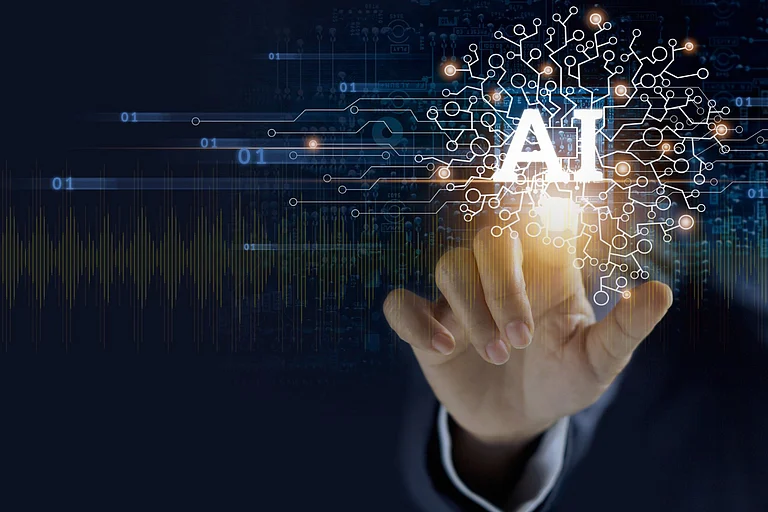What are the current energy trends in Asia?
The most significant factor driving the current energy landscape is a substantial uptick in energy demand. Historically, as countries developed, they became more energy efficient, leading to reduced consumption. What we are observing globally, and in particular in Asia, is the rapid increase in energy demand.
We are looking at a 90% increase in energy capacity and a 33% increase in generation just over the next 10 years. This is driven by economic growth, the electrification of various sectors like transportation and industry and the biggest factor at the moment, AI data centres.
What about India? How do you view the opportunity here?
India is an important country. Its actions and policies have a substantial impact on both the regional and global energy landscape. Within India, GE Vernova has a strong presence in terms of generation technologies and the traditional front as well.
To further enhance our energy mix, India must diversify beyond solar power. This includes exploring options like wind, gas, green hydrogen, conventional hydropower and advanced energy storage solutions like pumped-storage hydro (PSH).
At the same time, India must increase the use of natural gas as a suitable base load power provider that is far less emission intensive and is also able to tackle intermittency.
What technological solutions are you looking at?
Our energy portfolio includes gas power generation, which is a crucial technology for India's energy mix. We are focusing on decarbonising gas power plants.
As we transition to a cleaner energy future, we are exploring various technologies. This includes us investing in small modular vehicles for decentralised power generation, renewable energy solutions, carbon capture for gas power plants and advanced technologies for hydrothermal power.
Our focus is on decarbonising our existing assets and developing solutions to balance the grid and meet the growing demand for clean energy.
Demand by AI data centres is shooting up. they are energy intensive. unfortunately renewable energy sources often struggle to provide consistent 24x7 power required by data centres
What are the bottlenecks you anticipate in India?
India has a very strong hydrogen push, which is great. The National Hydrogen Mission is aiming to manufacture 5mn tonnes of hydrogen by 2030. To reach this milestone, technology development, partnership with global players and market access are important.
When it comes to renewables, of course, India is very ambitious in having 50% of its capacity met by non-fossil fuels by 2030. We are talking about 500 gigawatt; that’s a humongous task.
The good thing is that the technology is there and we can deploy it. But when it comes to stability of the grid, when you start pushing the boundary of the system, you must make sure the system is stable.
How is the situation in the rest of Asia panning out?
If you go back three years, I think, Asia lagged behind countries like the US and UK in terms of clean energy adoption.
However, the landscape has shifted significantly. You may have seen that Japan now has a contract difference [subsidy programme] for clean fuels like ammonia.
Even smaller countries like Singapore are taking steps towards a greener future by introducing carbon taxes.
What are the challenges you foresee?
The economic factor is the biggest when considering the adoption of new energy technologies. Policy support is crucial to create a competitive environment and have deployable technology.
The energy triad is affordability, reliability and sustainability, which are interconnected. While sustainability is often prioritised, affordability can be a challenge.
Can you elaborate specifically on R&D?
Our mission is to decarbonise and electrify the world, that is our foundational goal. To achieve this, we are investing heavily in innovation across these areas.
For decarbonisation, our focus includes small modular reactors (SMRs), gas power technology, carbon capture, hydrogen and ammonia gas emissions. For electrification, we are investing in various technologies like high-voltage direct current (HVDC), software orchestration systems and digital solutions. You cannot just electrify; you have to simultaneously decarbonise for a sustainable future.
There is talk about the role of artificial intelligence (AI) and data centres. What do you think is the role of these centres in energy transition?
We see the current period driven by energy transition, particularly by the growing demand at data centres. Customers are increasingly interested in using clean energy sources.
The demand from AI data centres is shooting up. AI data centres are particularly energy intensive. So, customers are looking for a renewable or decarbonised gas solution.
Unfortunately, renewable energy sources often struggle to provide consistent 24x7 power required by data centres. Therefore, gas power remains an essential component of the energy mix. We are actively investing in technologies to decarbonise gas power plants using hydrogen and ammonia.











 Just one email a week
Just one email a week